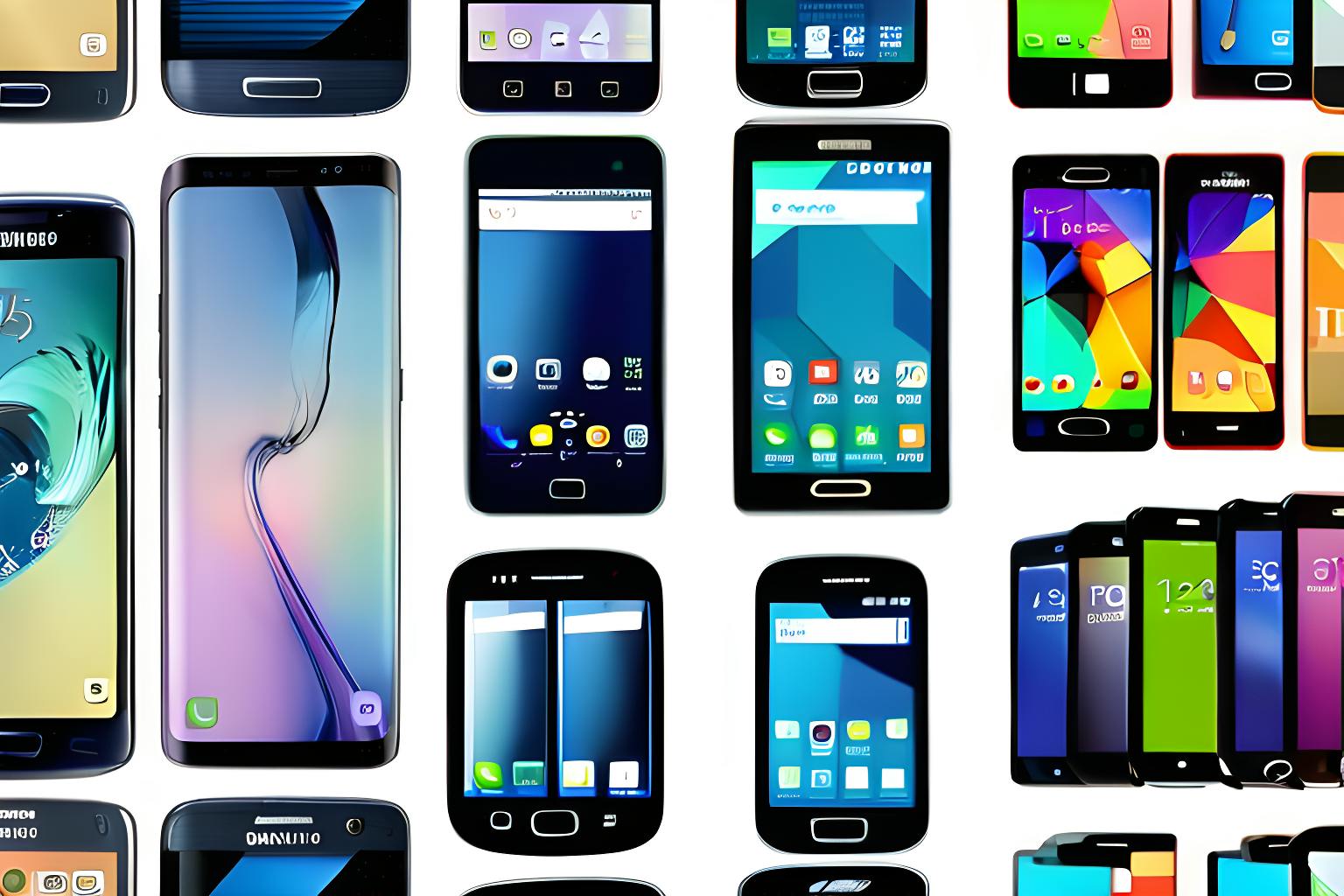Samsung vs. Apple (2016) Court Filing, retrieved on October 11, 2016, is part of HackerNoon’s Legal PDF Series. You can jump to any part in this filing here. This part is 4 of 8.
Opinion of the Court: I-B
Apple Inc. released its first-generation iPhone in 2007. The iPhone is a smartphone, a “cell phone with a broad range of other functions based on advanced computing capability, large storage capacity, and Internet connectivity.” Riley v. California, 573 U. S. ___, ___ (2014) (slip op., at 2). Apple secured many design patents in connection with the release. Among those patents were the D618,677 patent, covering a black rectangular front face with rounded corners, the D593,087 patent, covering a rectangular front face with rounded corners and a raised rim, and the D604,305 patent, covering a grid of 16 colorful icons on a black screen. App. 530–578.
Samsung Electronics Co., Samsung Electronics America, Inc., and Samsung Telecommunications America, LLC (Samsung), also manufacture smartphones. After Apple released its iPhone, Samsung released a series of smartphones that resembled the iPhone. Id., at 357–358.
Apple sued Samsung in 2011, alleging, as relevant here, that various Samsung smartphones infringed Apple’s D593,087, D618,677, and D604,305 design patents. A jury found that several Samsung smartphones did infringe those patents. See id., at 273–276. All told, Apple was awarded $399 million in damages for Samsung’s design patent infringement, the entire profit Samsung made from its sales of the infringing smartphones. See id., at 277– 280, 348–350.
The Federal Circuit affirmed the design patent infringement damages award.[1] In doing so, it rejected Samsung’s argument “that the profits awarded should have been limited to the infringing ‘article of manufacture’”— for example, the screen or case of the smartphone—“not the entire infringing product”—the smartphone. 786 F. 3d 983, 1002 (2015). It reasoned that “limit[ing] the damages” award was not required because the “innards of Samsung’s smartphones were not sold separately from their shells as distinct articles of manufacture to ordinary purchasers.” Ibid.
We granted certiorari, 577 U. S. ___ (2016), and now reverse and remand.
[1] Samsung raised a host of challenges on appeal related to other claims in the litigation between Apple and Samsung. The Federal Circuit affirmed in part—with respect to the design patent infringement finding, the validity of two utility patent claims, and the design and utility patent infringement damages awards—and reversed and remanded in part—with respect to trade dress dilution. Only the design patent infringement award is at issue here.
Continue Reading Here.
About HackerNoon Legal PDF Series: We bring you the most important technical and insightful public domain court case filings.
This court case No. 15–777 retrieved on September 26, 2023, from supremecourt.gov is part of the public domain. The court-created documents are works of the federal government, and under copyright law, are automatically placed in the public domain and may be shared without legal restriction.

